CTIA Wireless 2004 LIVE coverage

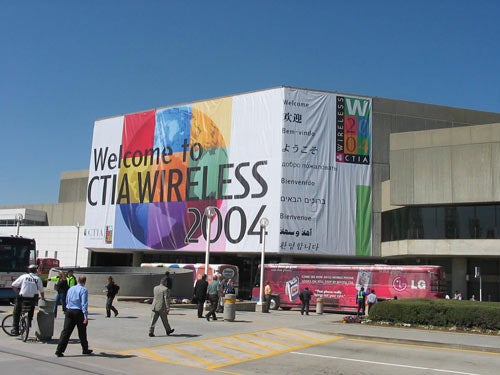 |
CTIA WIRELESS 2004 is the largest, most comprehensive telecom trade show in the US. Around 800 exhibitors had signed up to present their products and services this year and all the exhibit space has been sold-out - a definite sign that the telecommunication industry is back on its feet. The CTIA event draws attendees from a dozen of different industries, serving the different aspects of wireless - providers, users, developers, buyers and manufacturers. The 2004 edition of the trade show took place in Atlanta, Georgia.
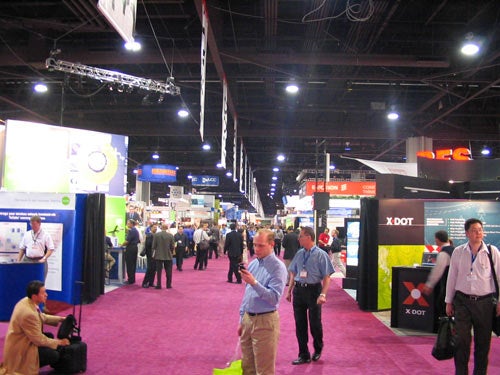 |
Some interesting facts I'd like to point out. For the first time I saw WI-FI and Bluetooth technologies utilized in the "real world" - or for something different then just connect my handsfree to my phone via Bluetooth, or connect to the Internet wirelessly while I am in my bed. T-Mobile and Cisco had provided free WI-FI access to all attendees. According to CTIA, last year nearly 50% of attendees took advantage of this service. According to the instructions, all one had to do is power up their laptop and open a web browser and the registration and log-in site should have come up. Well, they were wrong. It took me 15 minutes to change all my settings in order to be able to connect. Everywhere else I had used WI-FI, I never had to do this. Once connected, I experienced several disconnects, I had to move several times to look for a better "position". My experience just made me think that WI-FI still has a long way to go before it is ready to be fully utilized not just me having internet on my laptop in my bed.
The other trendy technology I saw "working" was Bluetooth. Several movie poster size kiosks had been set-up in several places. Instructions were written on them, showing how the users of Palm OS, Series 60 over Symbian and Microsoft Pocket PC could connect and retrieve the schedule of all conferences and keynotes. I tried it with my Nokia 3650 (Series 60 over Symbian OS). I had to go to Contacts, go to SEND and select Bluetooth. Then the phone started looking for devices around it. The instructions said to look for device called Jack. Around 10 seconds later I found Jack. Then I had to send "him" SMS with my phone number. 5 second later, Jack sent me back a message which contained a Symbian application, which I installed. Then I started it and I had the conference schedule on my phone. Infrared was also supported by the kiosks. I think that in the near future we will start to see more concepts like the one I described. I hope to be able to walk into a grocery store and receive the list of all items on sale on my phone, then using LBS (location based services) to be directed to the exact position of an item that I want.
__
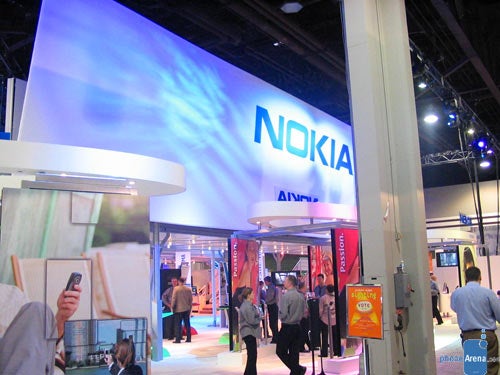 | __|
| 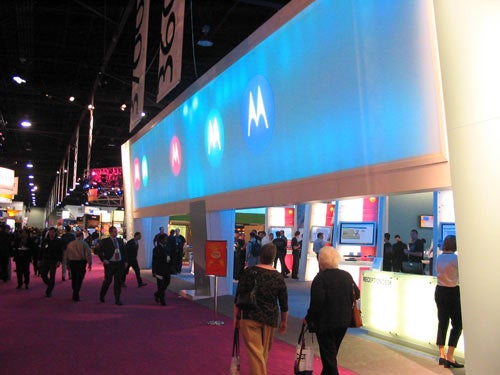 |
For the CTIA show Motorola announced three new phones - A845, A840 and the V710.
The Motorola A845 is going to be the first UMTS (WCDMA) phone for the US that supports the 1900 MHz UMTS band, on which the AT&T UMTS network will operate once launched. The phone itself is identical to the already released in Europe Motorola A835, which operates at 2100 MHz. The handset also supports GSM 900/1800/1900 frequencies. Other key features are Bluetooth, video-phone capability, 64mb of memory, MP3 player and built-in cameras. It is expected to be available by the 2nd quarter of 2004.
|
| ||||
|
| ||||
Motorola A840 Motorola A840 is a completely different beast. It is a clamshell, quad mode which supports both CDMA and GSM for global roaming. The technologies supported are 800/1900 CDMA 1x and 900/1800, GPRS for the GSM part, which means the phone can not The phone should be available the second half of 2004. |
|
|
Motorola V710
Motorola V710 is the last new phone announced on the CTIA. It is a CDMA 800/1900 and AMPS handset with built-in 1.2 mega pixel camera with flash which can record up to 3 minutes of MPEG4 video. The phone has 16 megabytes of memory and also has the new Trans-flash memory expansion slot. It supports also IMAP4/POP3 email protocols and like the A840 has 64-voice MP3/MIDI polyphonic ringtones. The screen is 65k color TFT with 176 x 220 pixels. For handsfree operation Motorola A710 has built-in speakerphone and user independent digit dialing.
The phone is expected to be available the end of Q1 of 2004.
|
|
The rest of the phones below have been already announced but this was my first opportunity to take live pictures and actually play with them.
__Motorola MPx
The first is the Motorola MPx (or the once called MPx300). The Motorola MPx has very unique design feature - dual-hinge landscape and portrait mode. The phone was announced back in February. MPx is global roaming GSM (900/1800/1900) MHz device with 240 x 320 pixels TFT touch screen with 65k color display and built-in 1.3 mega pixel color camera. The phone runs the just announced Microsoft Mobile 2003 Second Edition operating system and has 32mb of use available memory. According to Motorola, the QWERTY keyboard design might be changed on the final production units. The phone is expected to be available 2nd half of 2004.
__
__
__
Audiovox CDM-8930
Audiovox CDM-8920
Audiovox CDM-8910
AudioVox CDM-8615
LG VX8000
LG VX7000
LG VX5550
LG VX4600
LG VX3200
LG C1300
LG L1200
Samsung unveiled a bunch of new phones during the CTIA. SGH-P735
SGH-i505
VM-A680
SCH-A650
SGH-D415
I550
Edited April 06 2004 - The FCC has approved the SPH-i550 and it will be available eventually from Sprint PCS. In a day of two I'll post some additional picture of European and Asian Samsung phone. Stay tuned! Most phones below are for the Korean market. They might be introduced in the US as some point.
Samsung E560 (CDMA)
Samsung e2309 (CDMA)
Samsung P710 / 716 (GSM)
Samsung S1000 (CDMA)
Samsung V410 (CDMA)
Samsung w110 (CDMA, WCDMA)
Samsung V450 (CDMA)
Samsung V500 (CDMA)
Samsung V4400 (CDMA)
Samsung X9500 (CDMA)
Samsung z105 (GSM and WCDMA)
Siemens Mobile announced three new phones at the CTIA 2004. They are the same as the ones announced during CeBIT, but are for the North American market and support 850 MHz frequency instead of 900 MHz. Siemens CF63 CF63 is the first Siemens clamshell style mobile phone for
Siemens C66 The next one is the C66 - GSM 850/1800/1900 MHz phone which is expected to be available in the third quarter of 2004. The C66 is identical to the C65, but supports 850 MHz instead of 900 MHz. The handset sports 65k color CSTN display, CIF camera, Java and MMS. Different "Clip-it" faceplates can be attached. Five different faceplate designs are available, and the carriers will select which one they like. Also Siemens have included additional dedicated carrier key on the C66 - and left up to the carrier to designate functionality for it.
Siemens CX66
Siemens M65 I also was able to preview the announced in Europe Siemens M65 - a resistant to water, shock and dust global roaming GSM phone. It features special metal frame for shock absorption, VGA camera with video and 65k TFT display. Special feature is the Bike-O-Meter - an application that makes the M65 work as bike computer and showing you the time, distance traveled etc.
Siemens Concepts The rest of the Siemens coverage will be devoted to the new concept devices. I would like to stress out that the devices described below are just prototypes, and they may never be mass produced. I'd like to thank Mr. K. Burger who is with Siemens Munchen team for the extensive presentation of Siemens' new technologies. The first one is the Siemens PenPhone. It is a tri-band (900/1800/1900) pen-like phone with LCD, Bluetooth, and joystick navigation. The uniqueness of the phone is not only its shape, but the hand-writing recognition that is built-in. For example, you can "write" down someone's phone number the phone will dial it. The same way you can enter SMS messages - just by "typing" them on a flat surface. The phone's tip has optical sensor which captures your motion and interprets it into symbols. From the
PockServ
The last new concept I previewed was a modified SX1 phone with a virtual laser keyboard. The virtual keyboard concept received Time magazine Best Innovations 2002 award in the Robots & Technology section. Virtual keyboard is a projected image of a keyboard on a flat surface. The user touches the surface and the laser built into the phone captures its exact position and interprets the symbol you are trying to type.
Sony Ericsson z500a Let's move the the first EDGE enabled phone from SonyEricsson - the z500a. Dual color displays, VGA camera with video, Push-to-Talk and Java makes the phone very appealing to the average user. EDGE technology offers 120 to 130 kbps average download and 30 Kbps upload speeds. Even though is it currently available only from AT&T Wireless, it should soon be offered by the rest of the GSM operators, and is going to be the fasted GSM data technology until Megabit UMTS launches later this year.
Sony Ericsson K700 Sony Ericsson K700 is lower-end compared to the S700, but is more advanced then the T637. Main features are VGA camera, JAVA and tri-band GSM operation. It should be available Q2 of 2004.
Sony Ericsson T637 Last is Sony Ericsson T637 - the North American version of the T630. Main features are Bluetooth, CIF camera, Java, voice dialing and commands and 32-chord polyphonic ringtones. It is scheduled to be available Q2 of 2004.
The most important wireless trade show in North America is undoubtedly the CTIA Wireless. Conducted in March every year, the show draws exhibitors from the whole spectrum of wireless communications service providers, manufacturers, third-party hardware and software developers and of course a lot of media people (around 1,000 registered for CTIA 2004). What is the commotion about? Well, with over 150 million subscribers just in the US (expected to reach 200 million by 2006), the trend is clear everyone wants to cut the wires.
That's all folks. I think 2004 will be very exciting year for wireless and we'll try to keep you updated as much as we can! Follow us on Google News
|

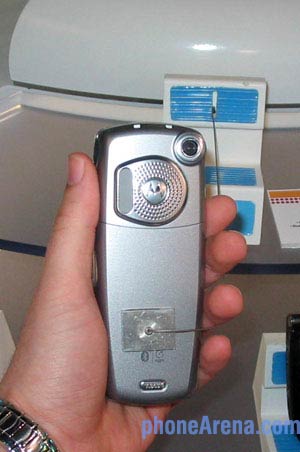

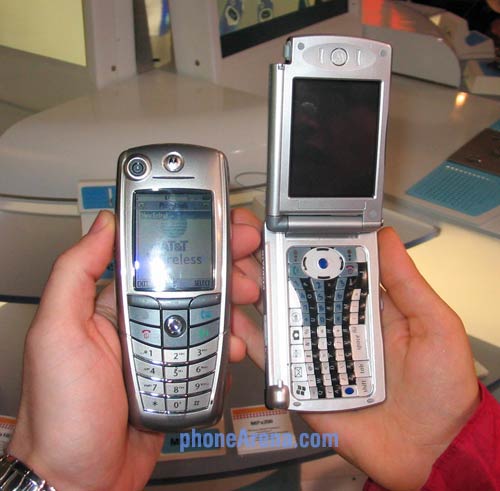
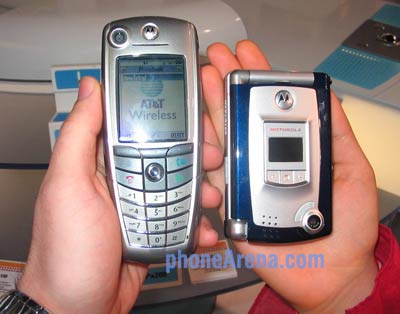
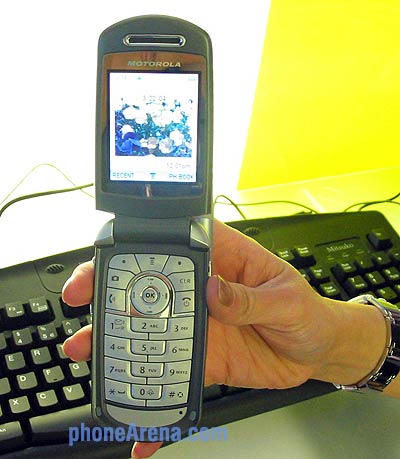
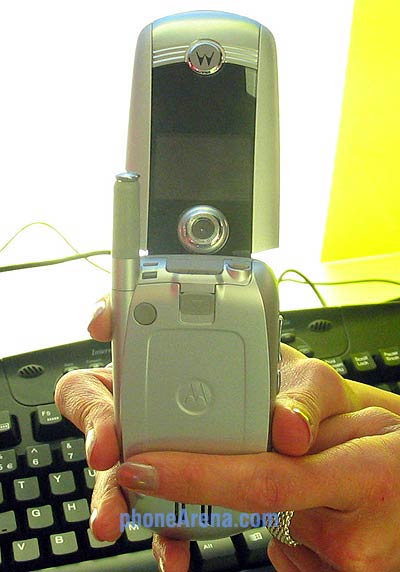
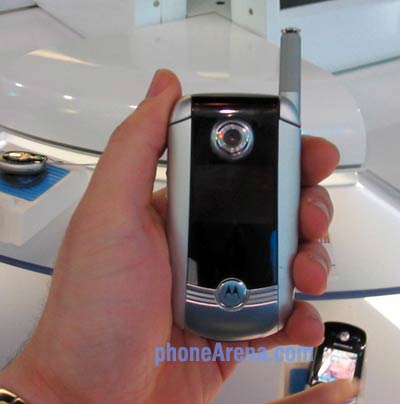
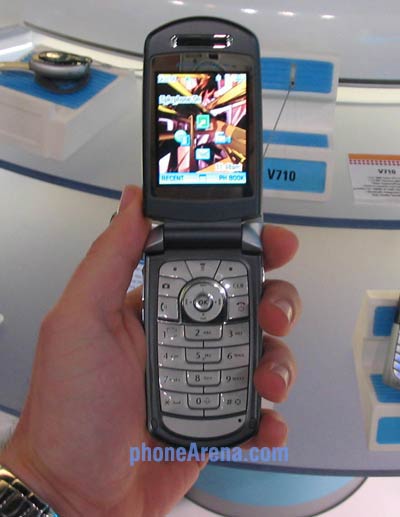
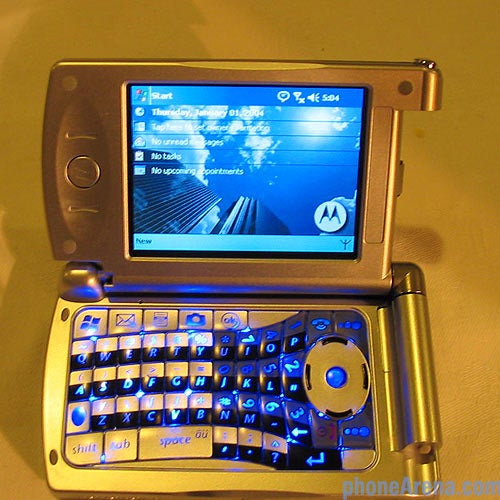
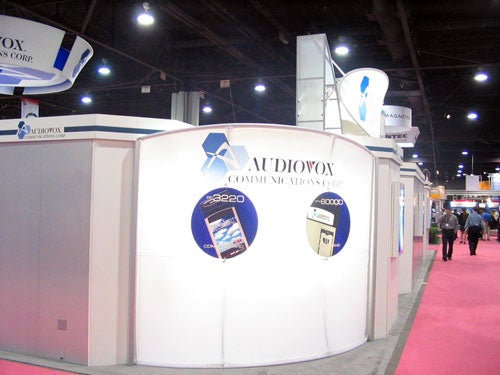
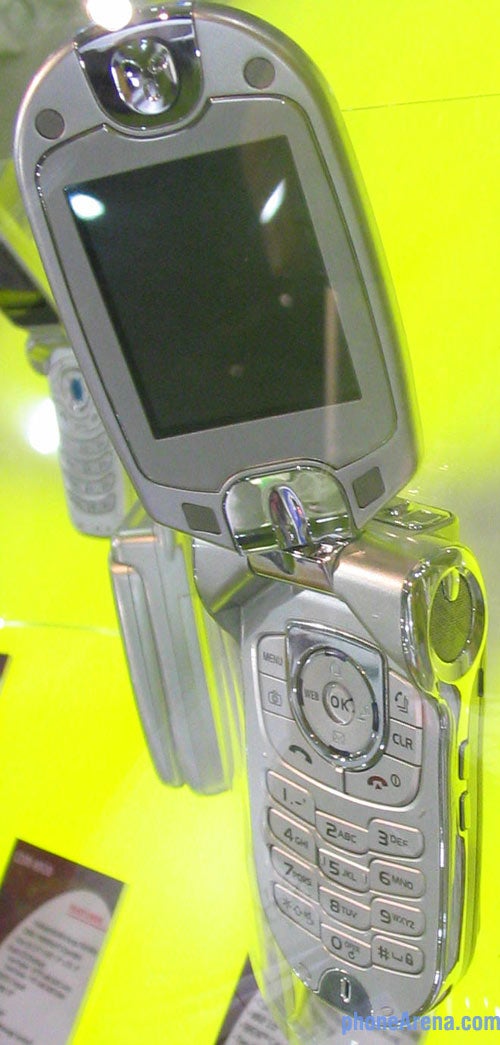
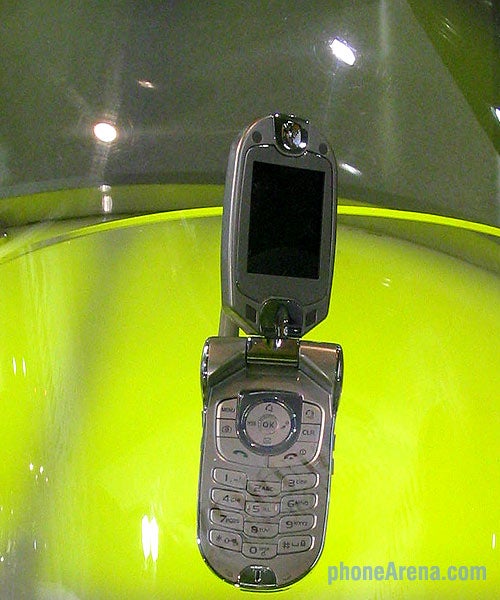
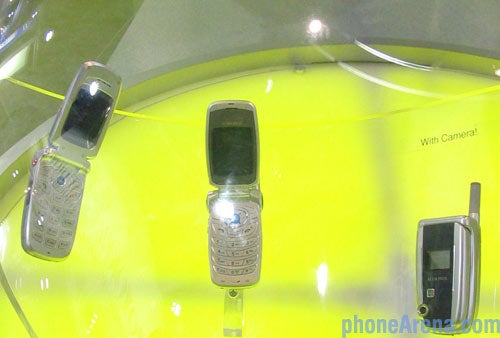
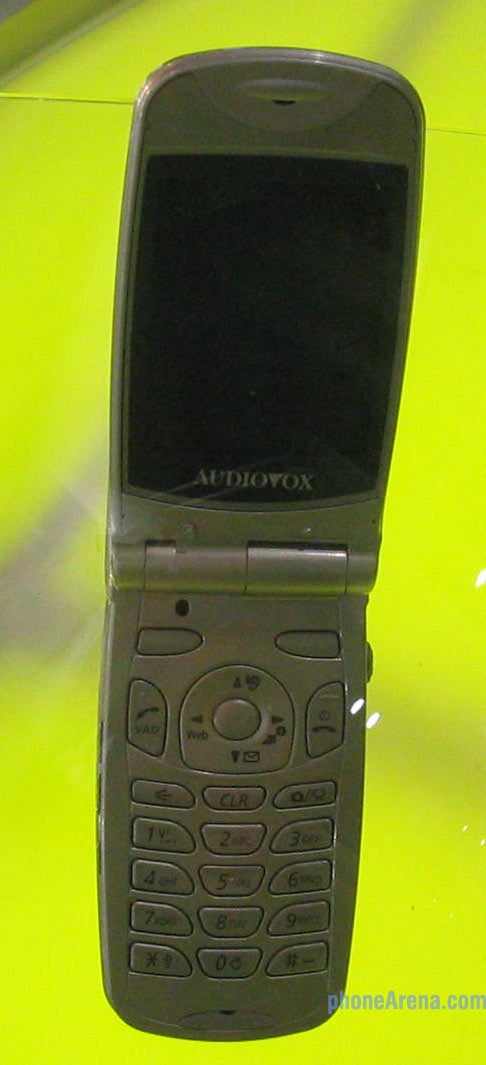
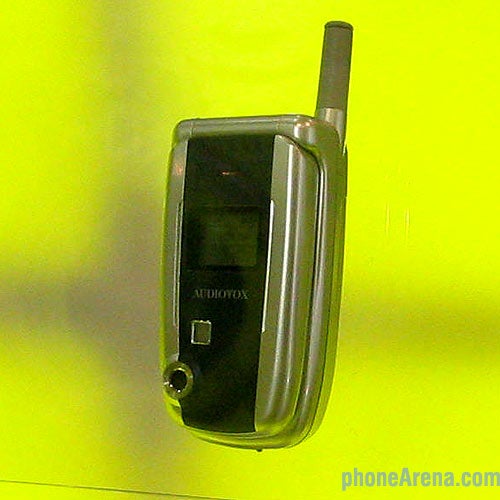
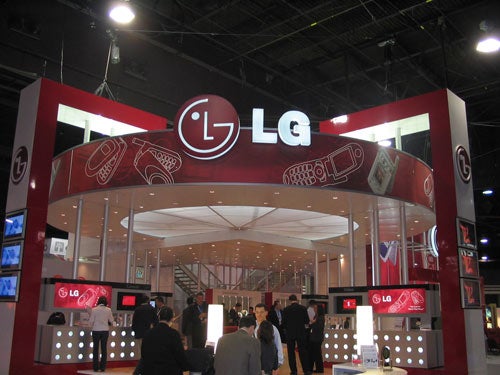
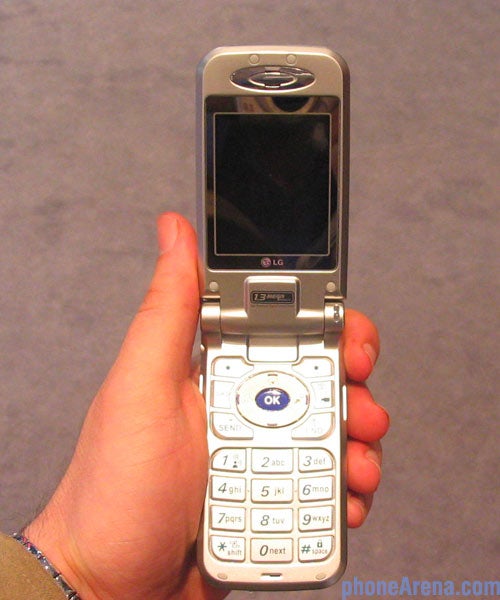
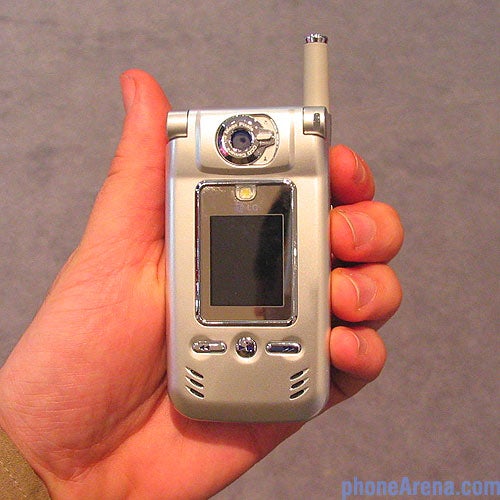
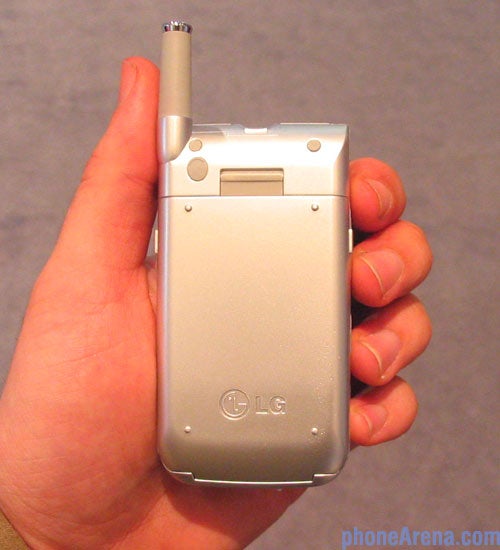

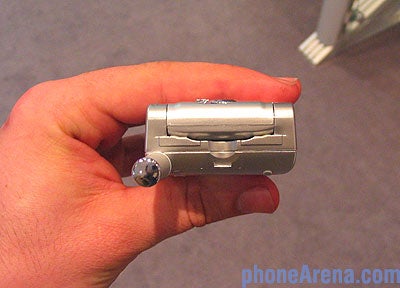
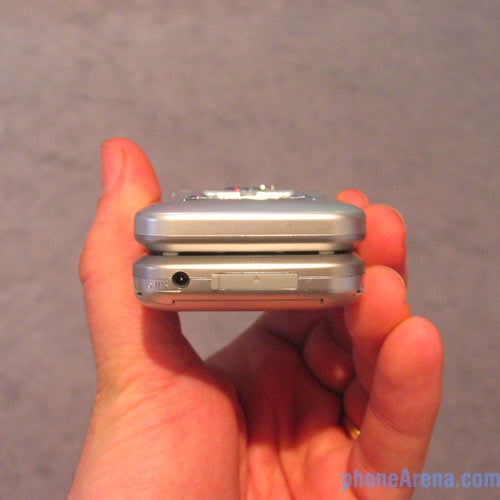

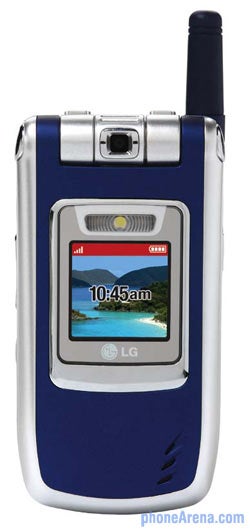
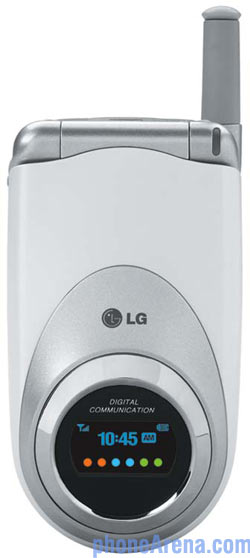

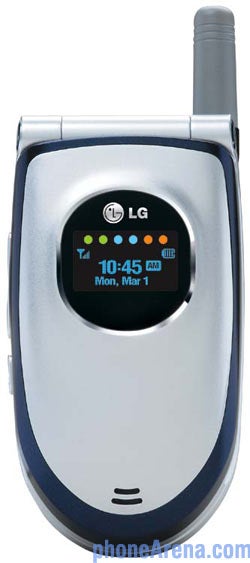

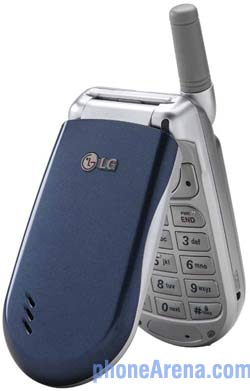

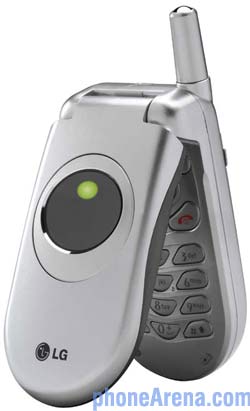

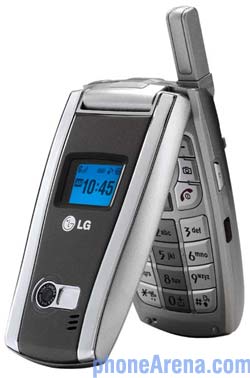

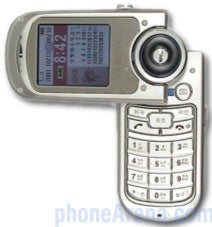
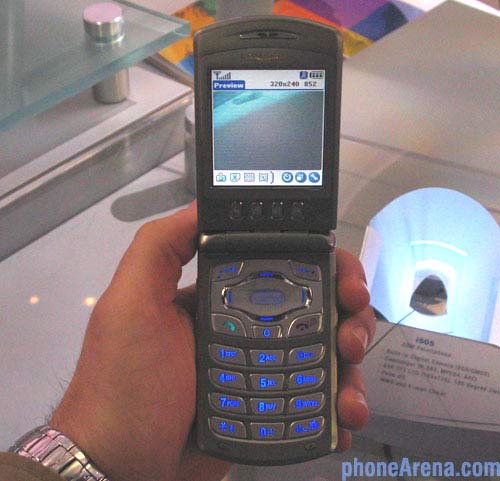

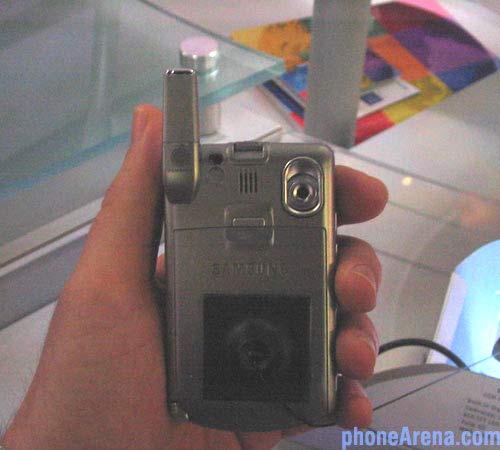
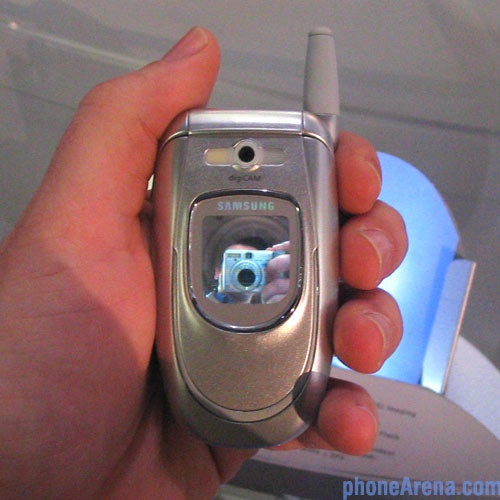
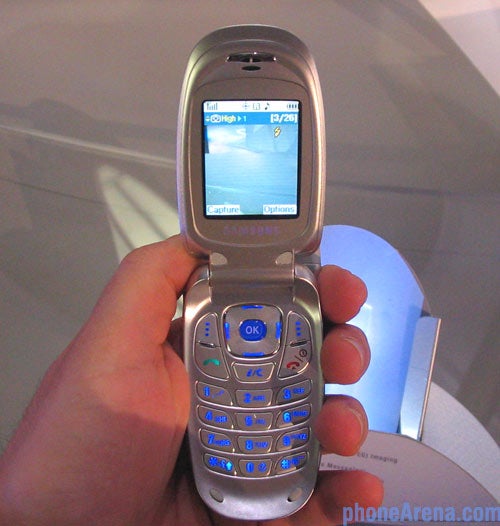
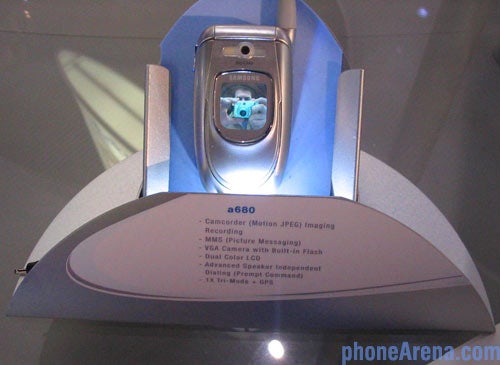
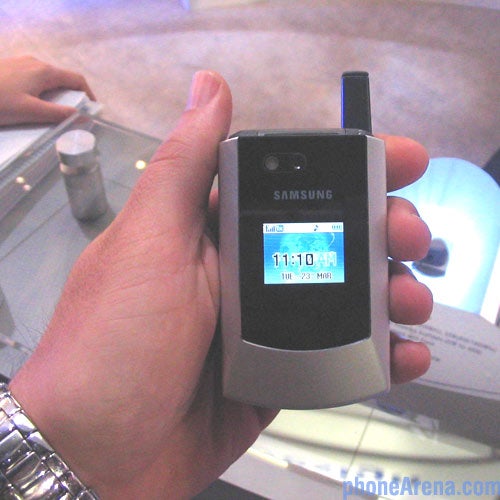
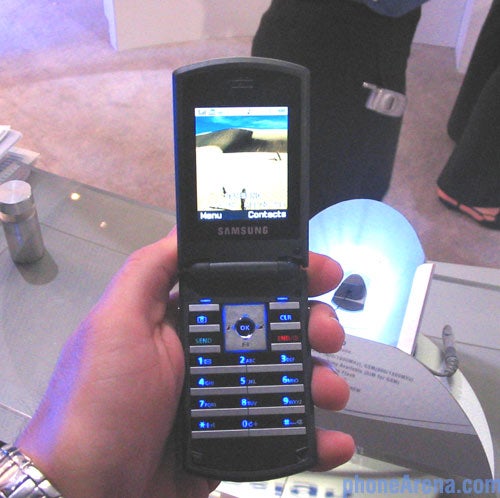
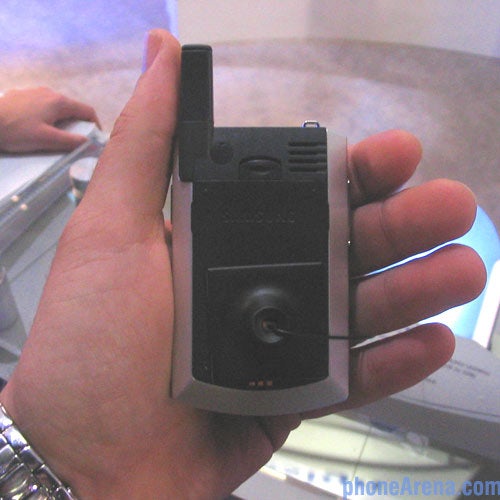


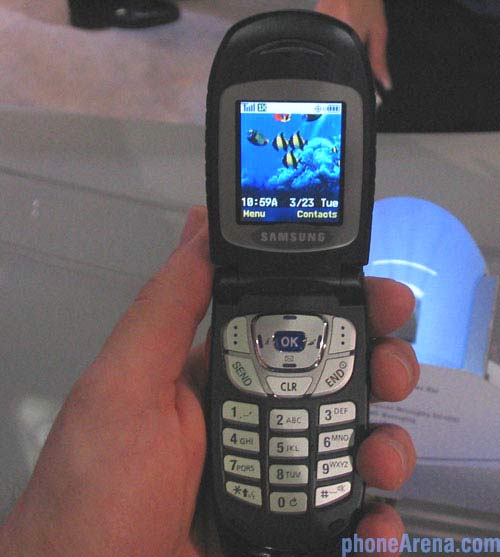

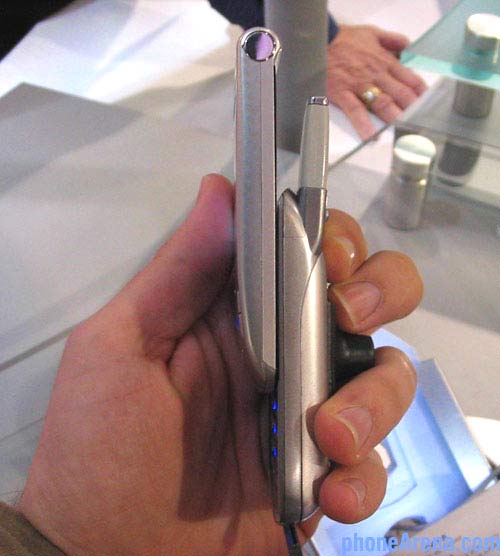
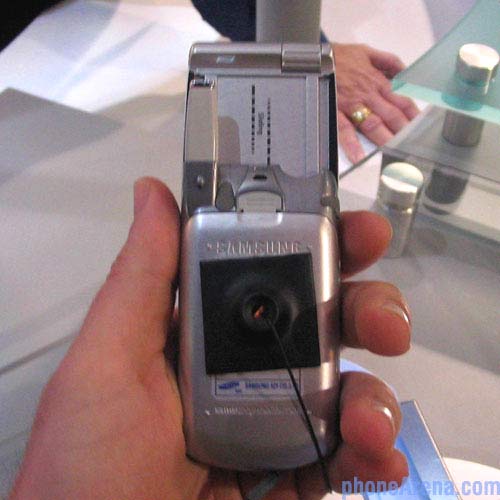
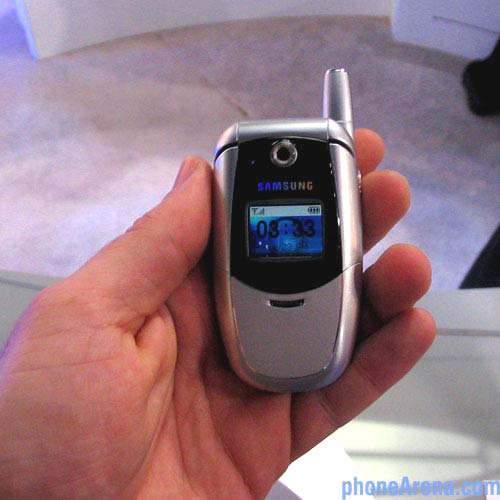

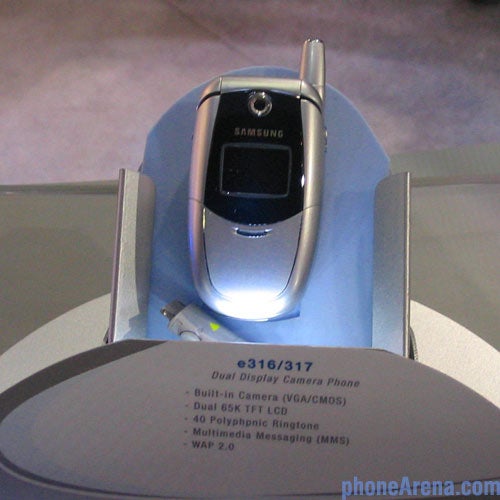
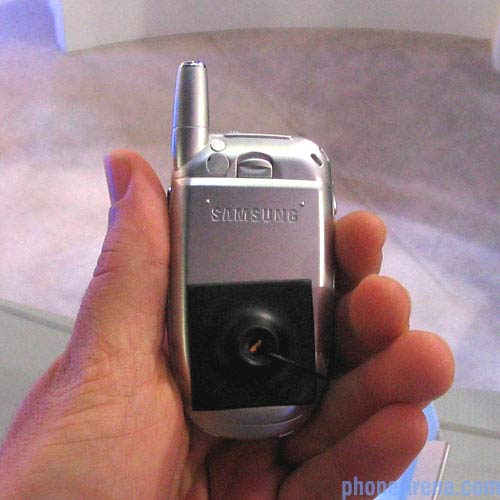
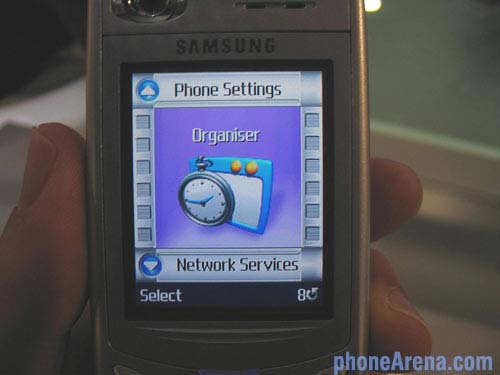
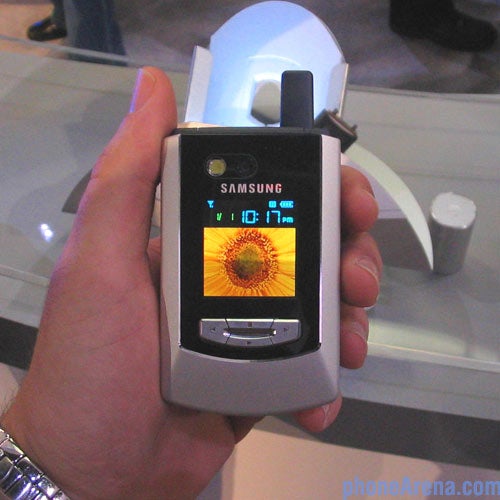
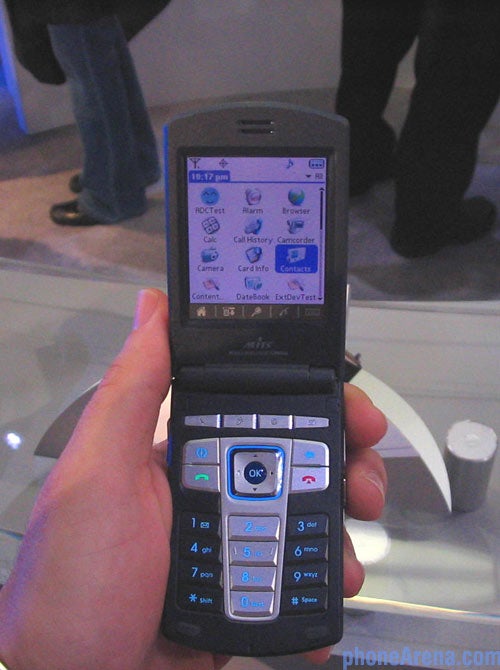
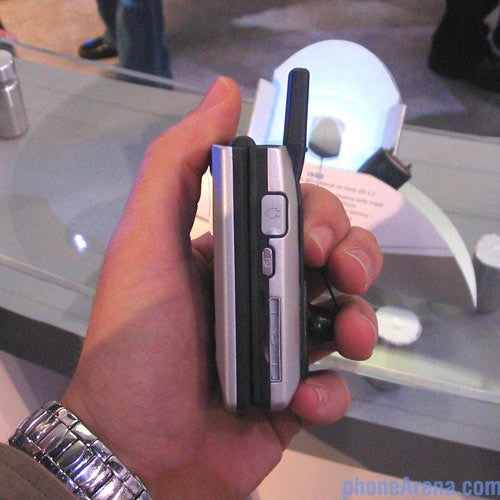
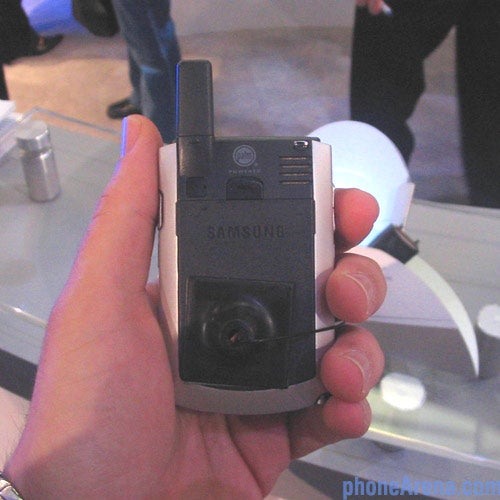
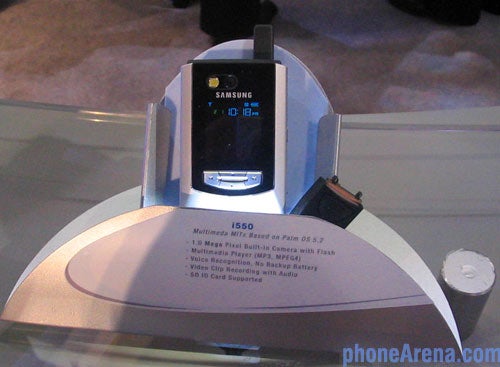
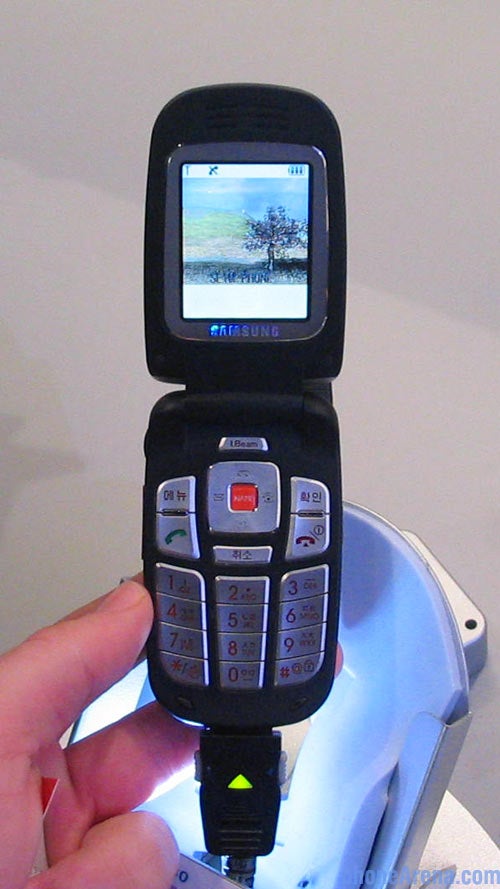
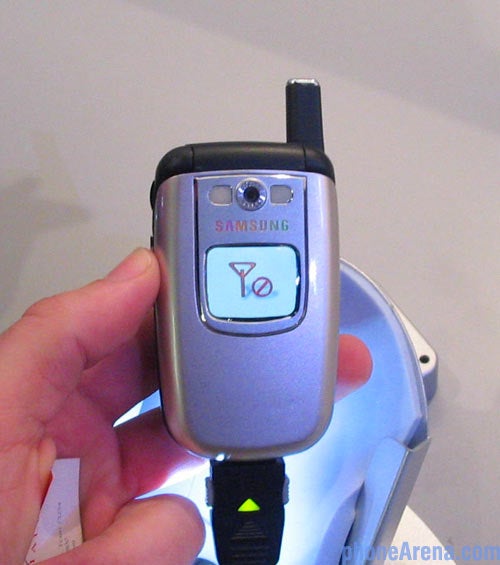
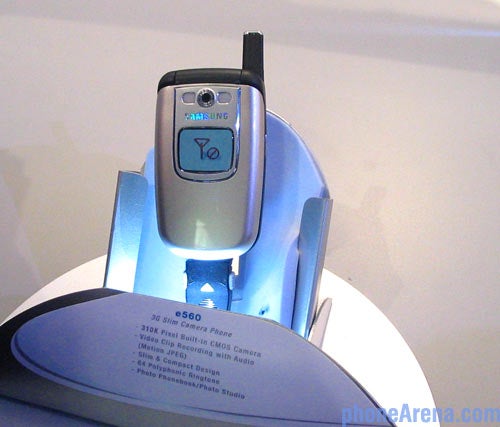
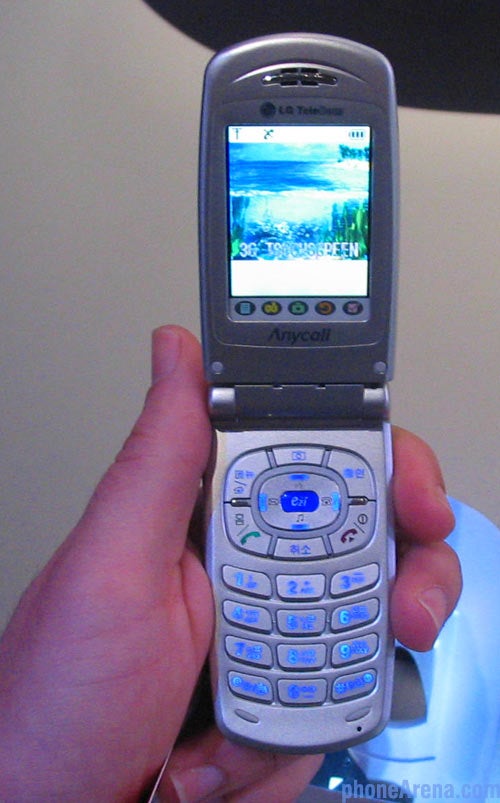
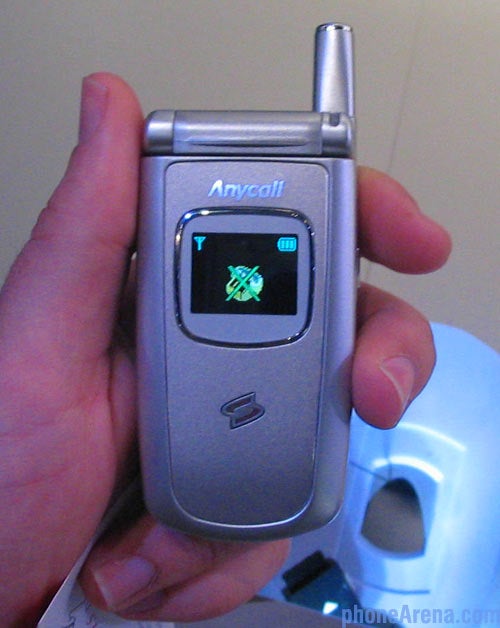
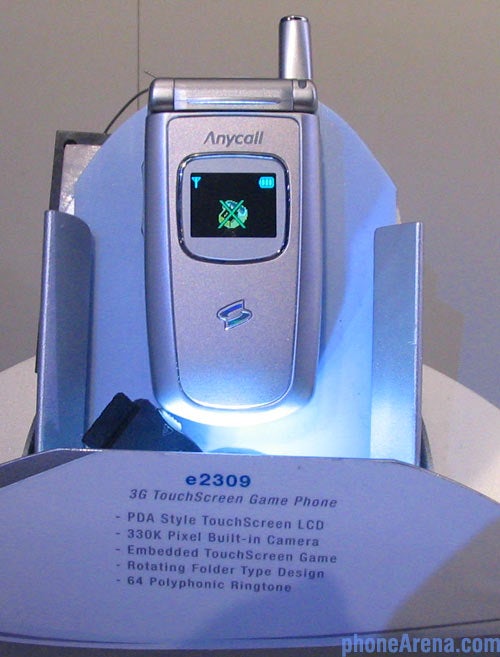
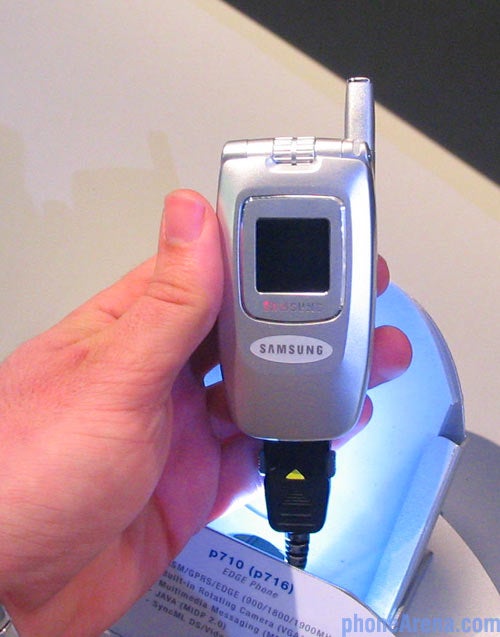
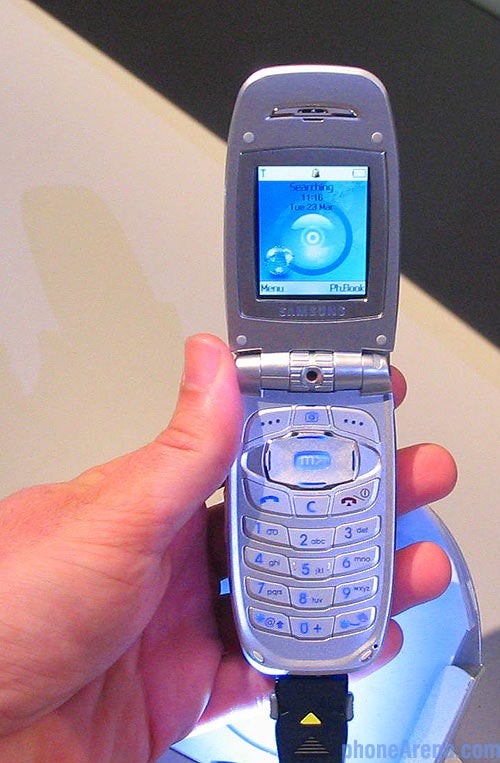
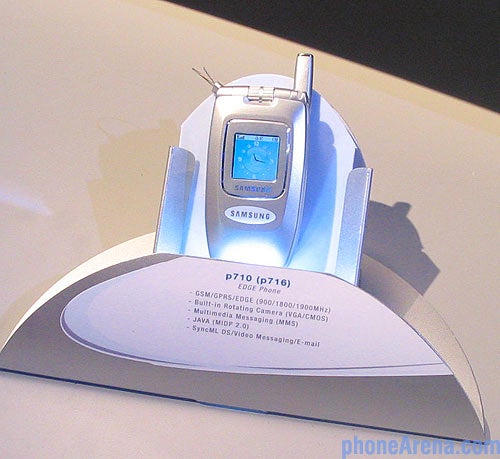
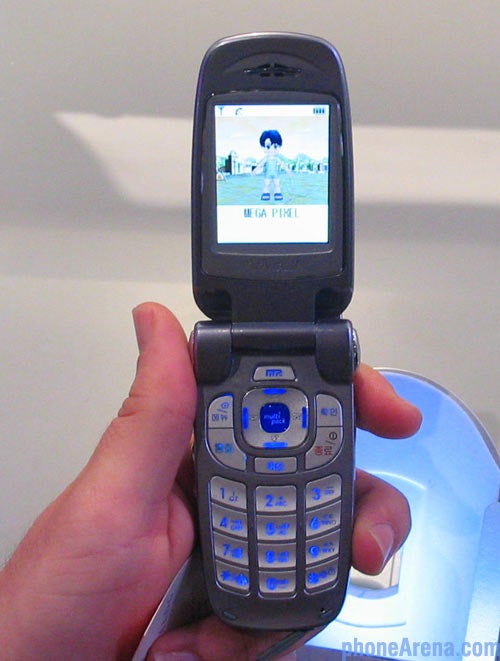
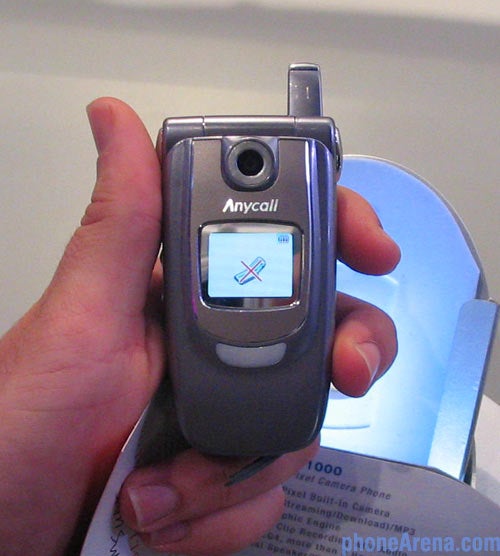
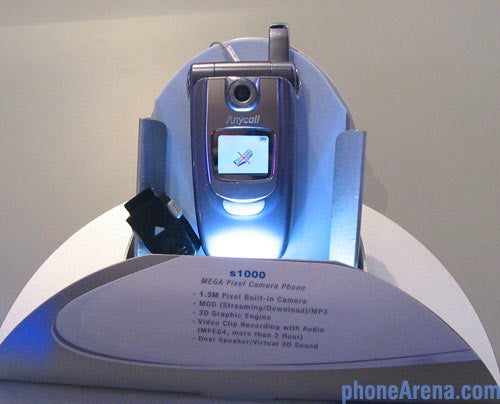
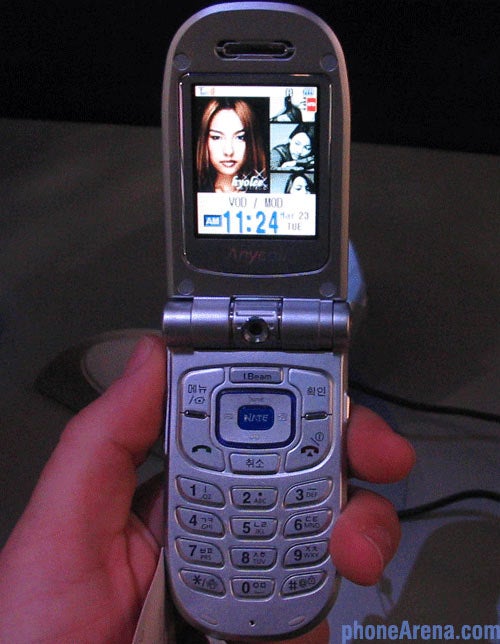
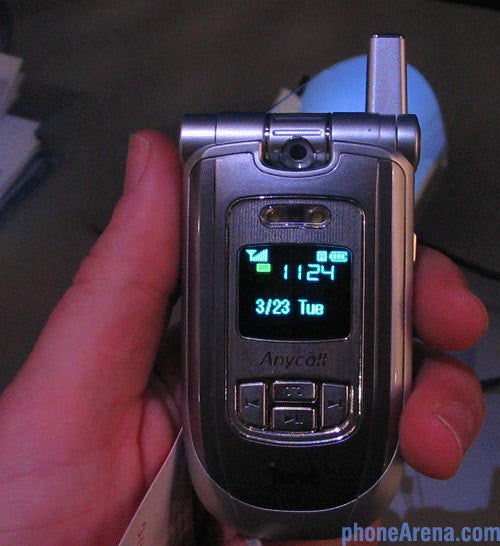
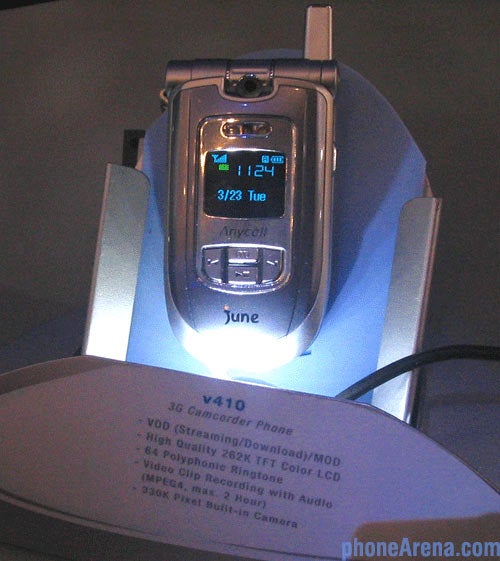


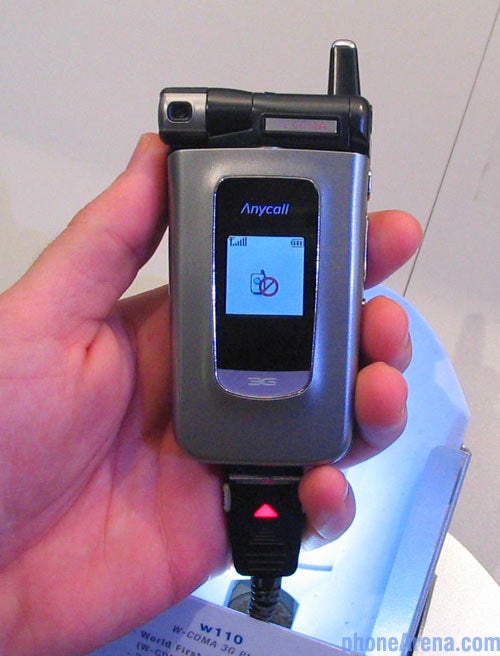
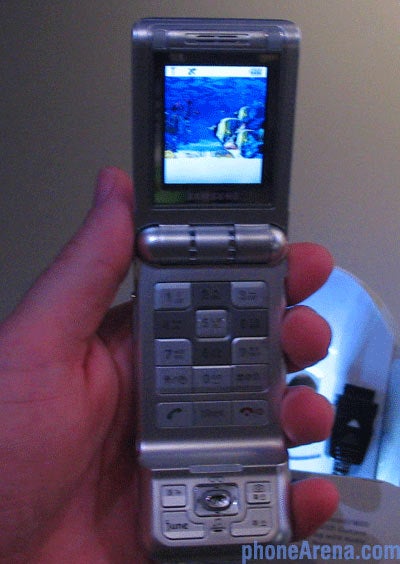
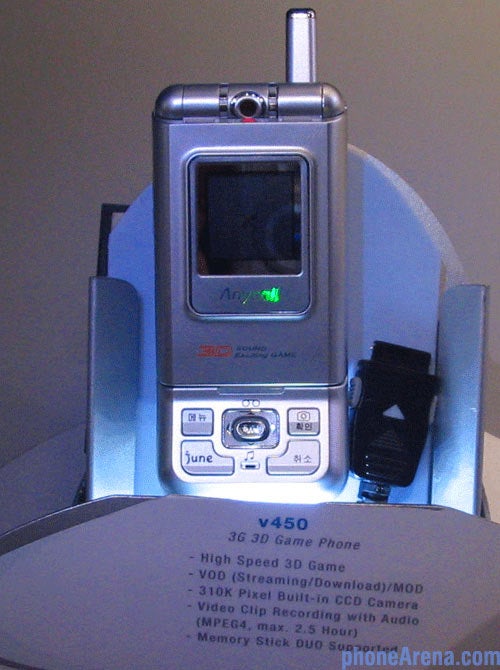
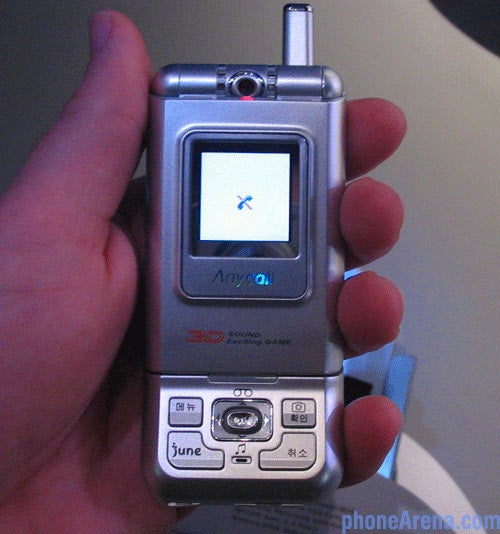
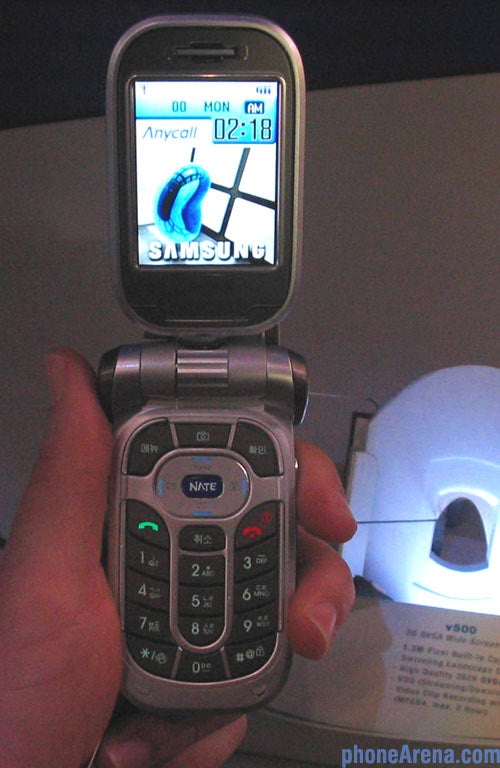
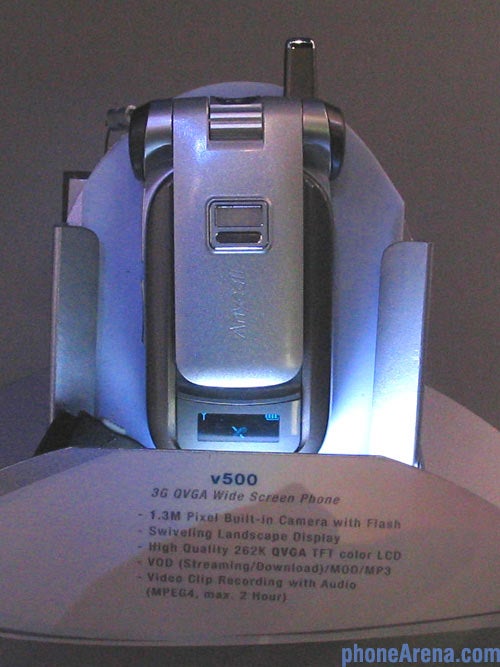
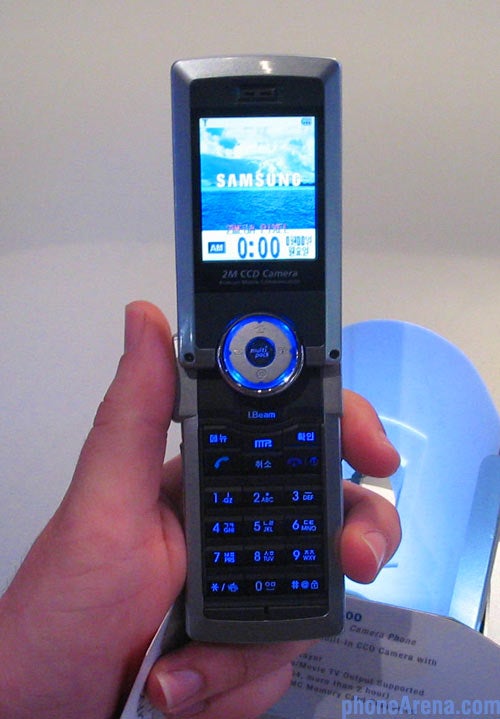
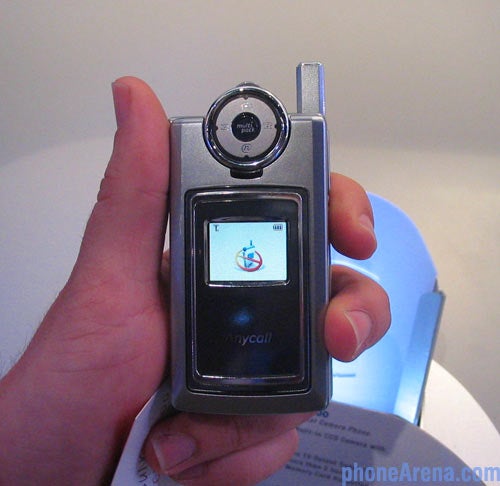
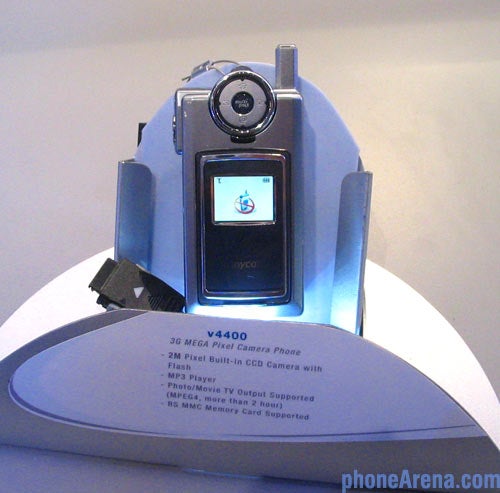
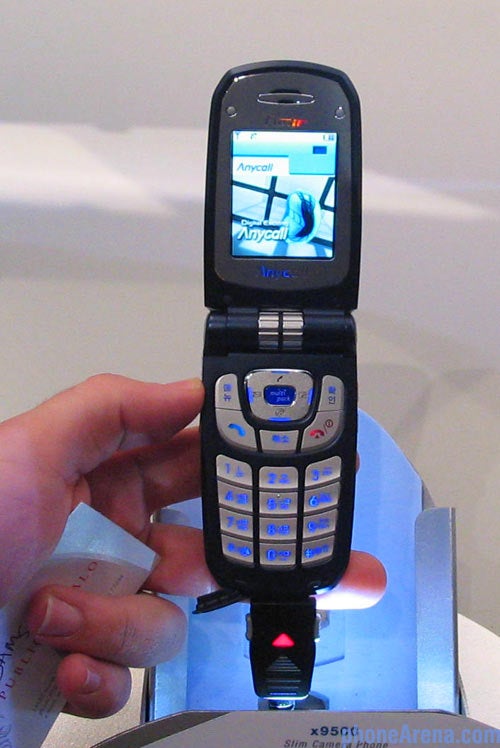
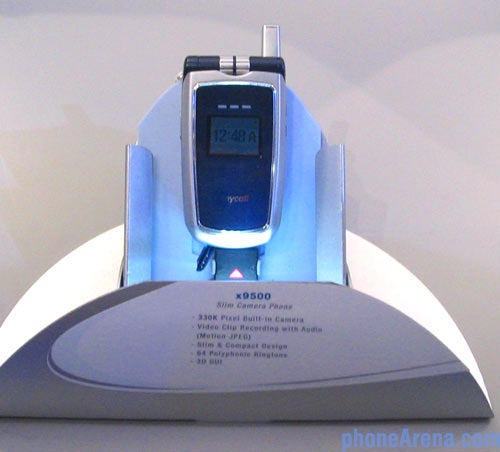
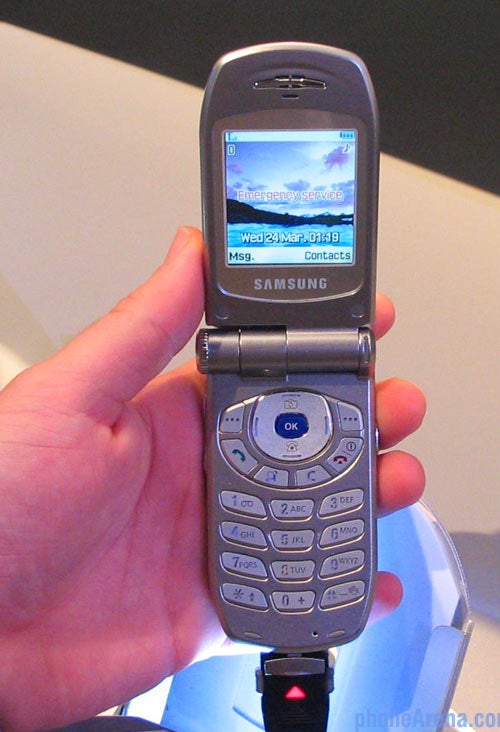
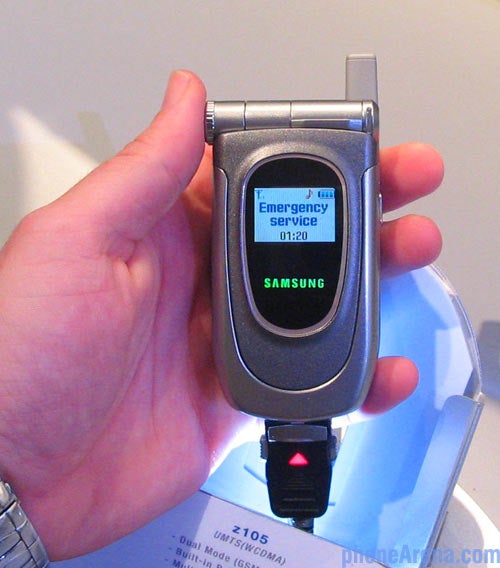
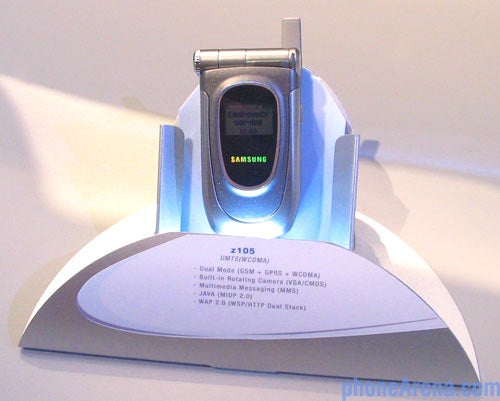
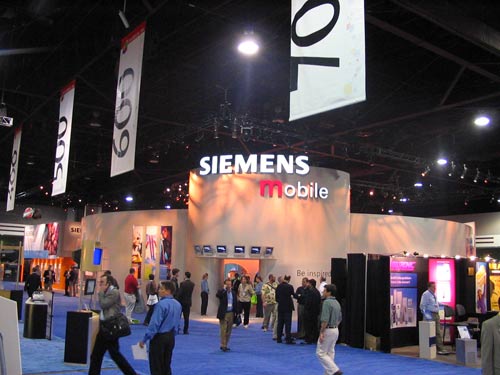

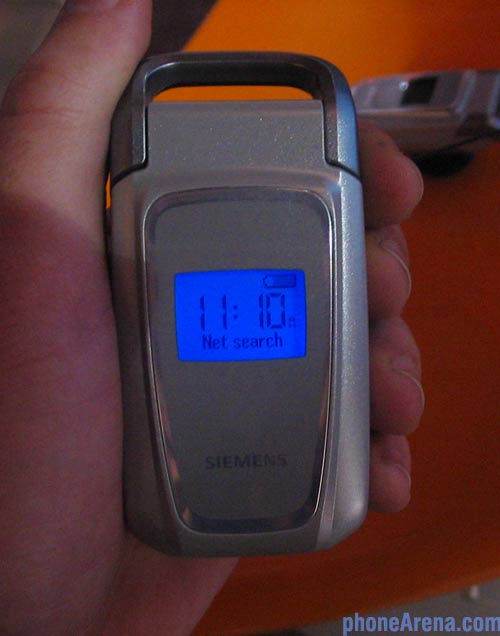
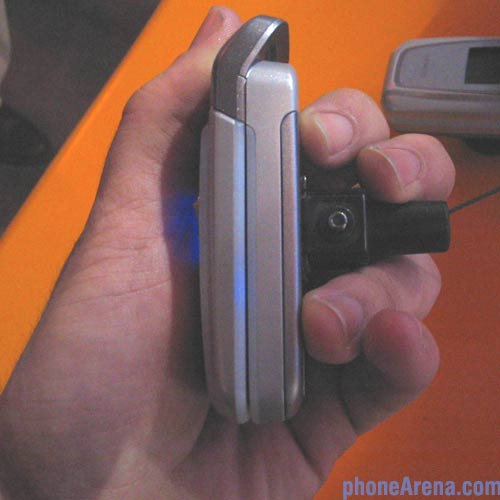
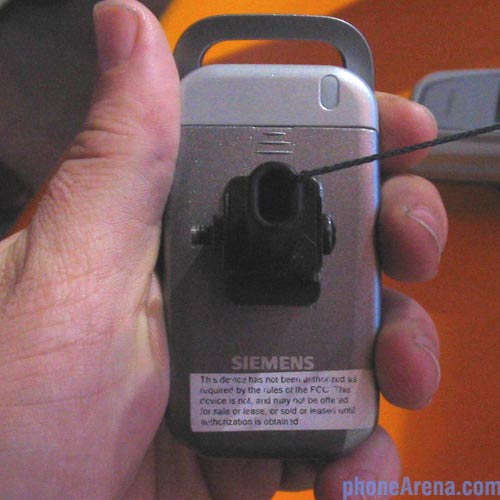
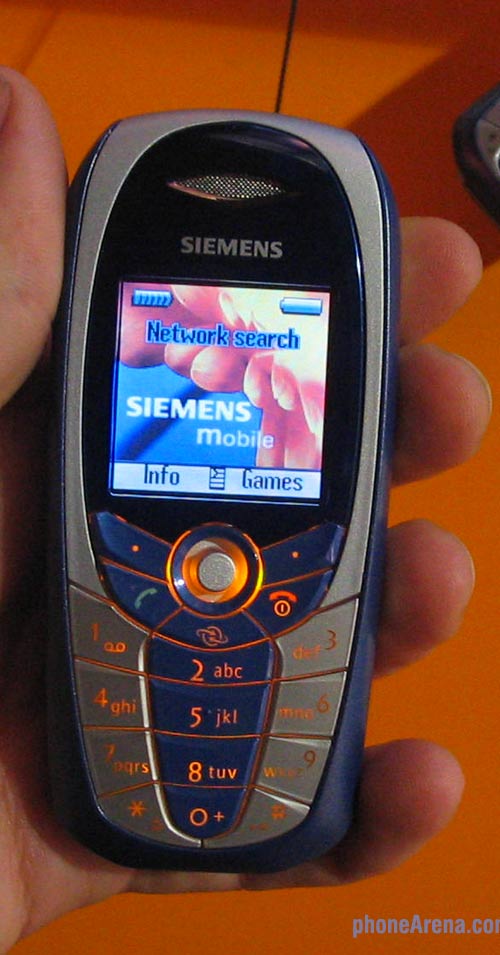

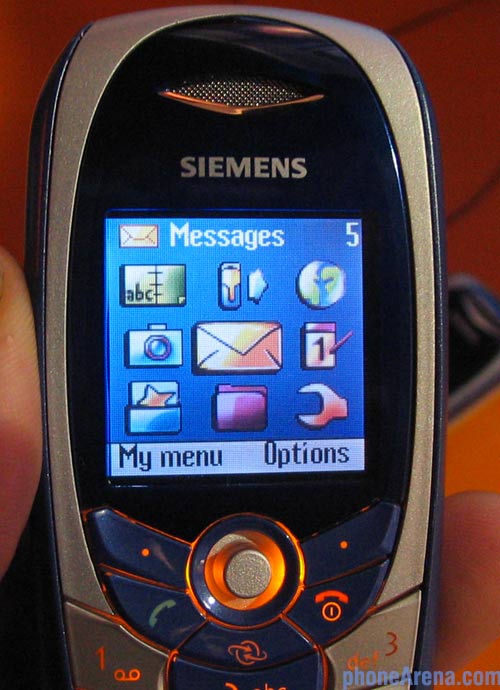
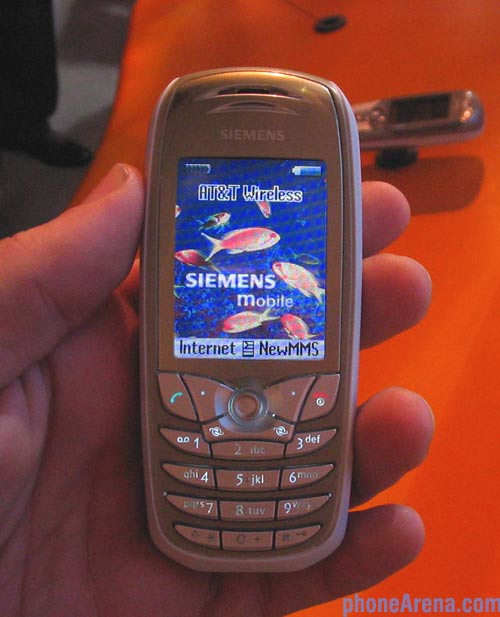
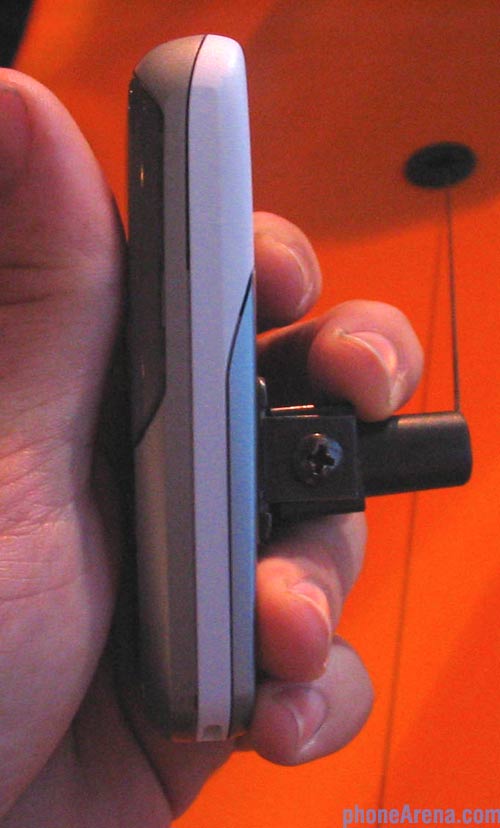
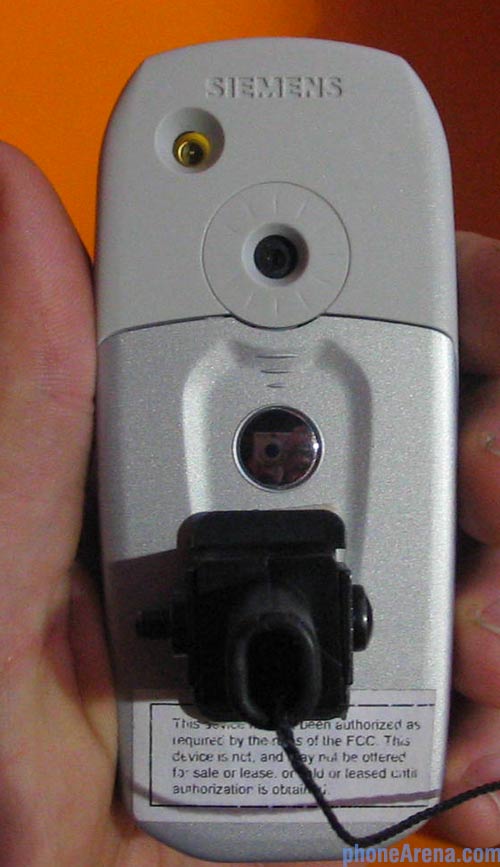
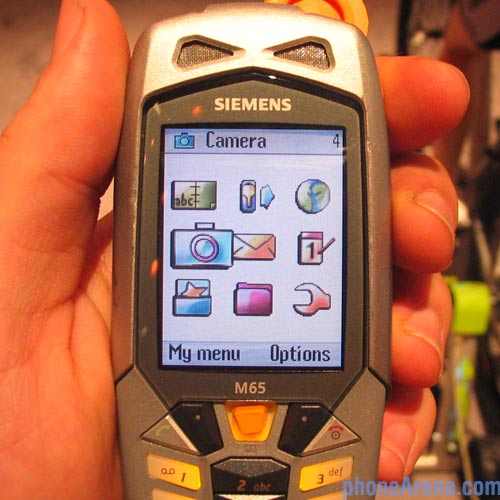
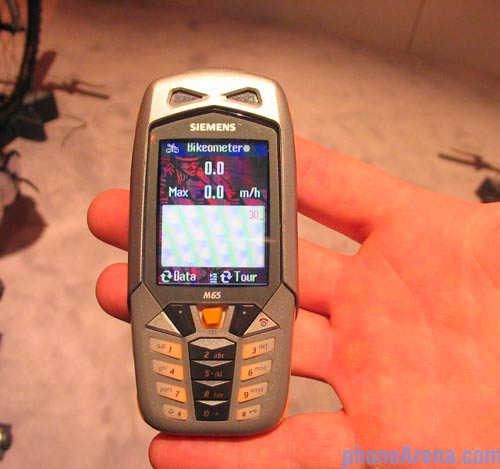
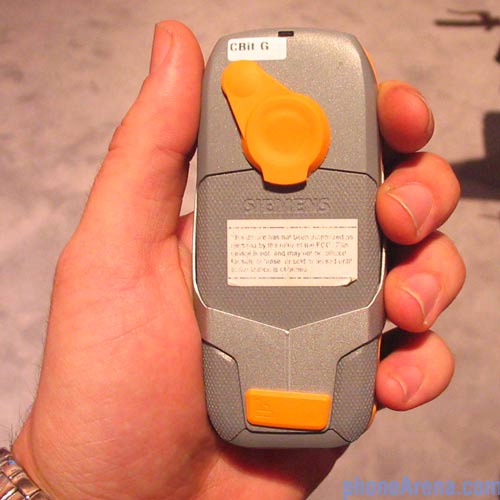
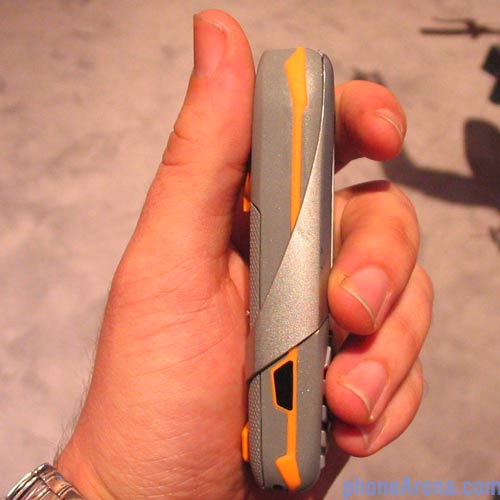
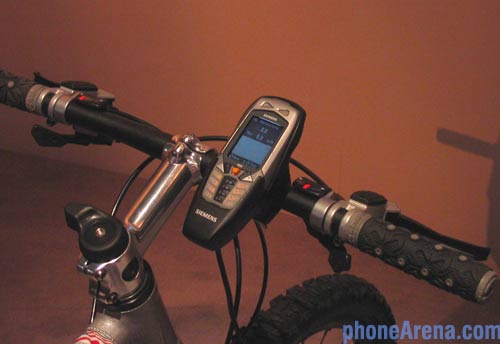
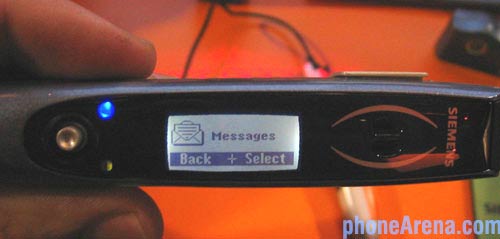
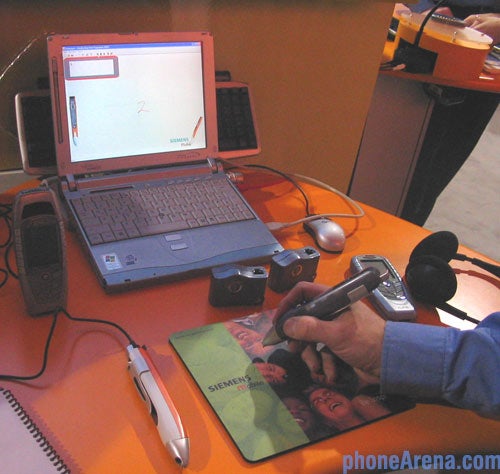

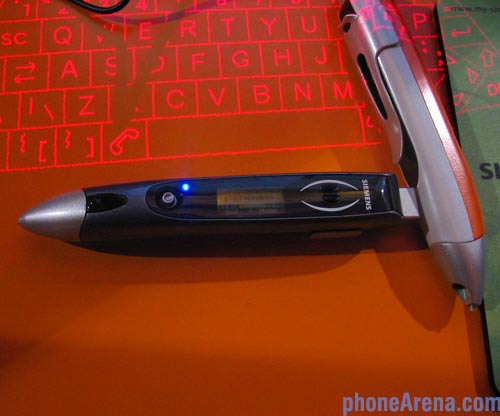
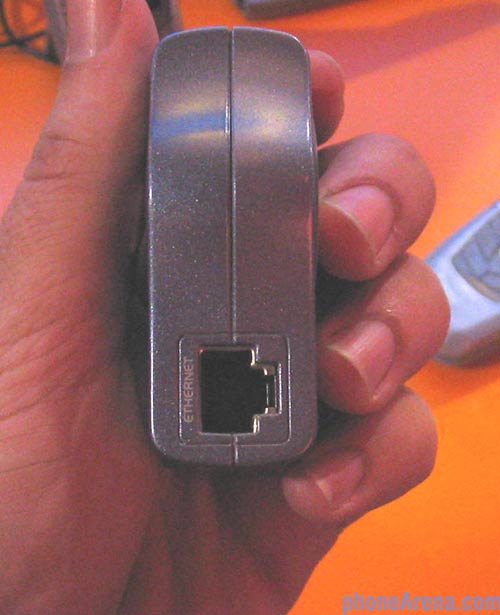
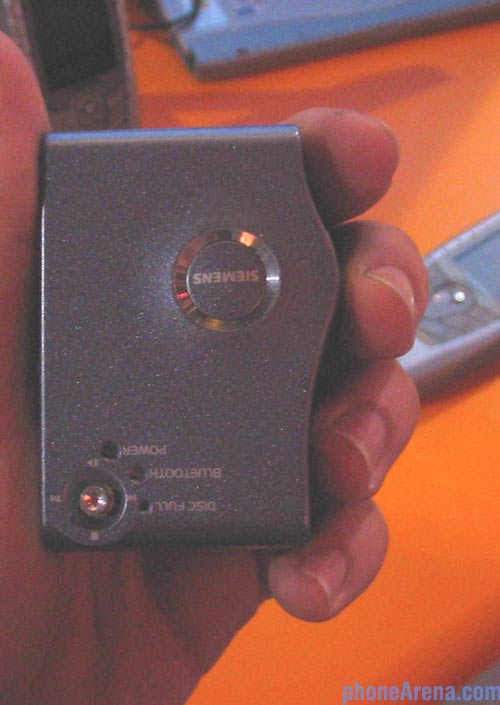
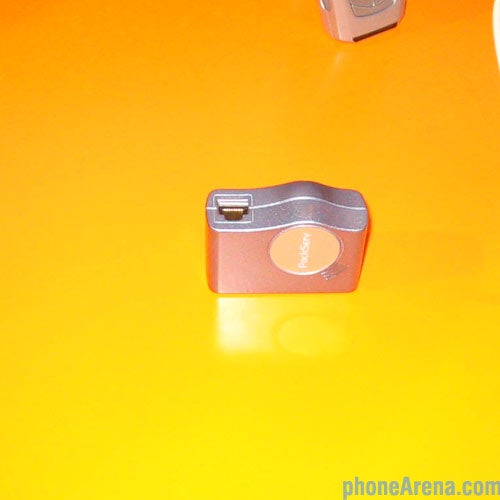
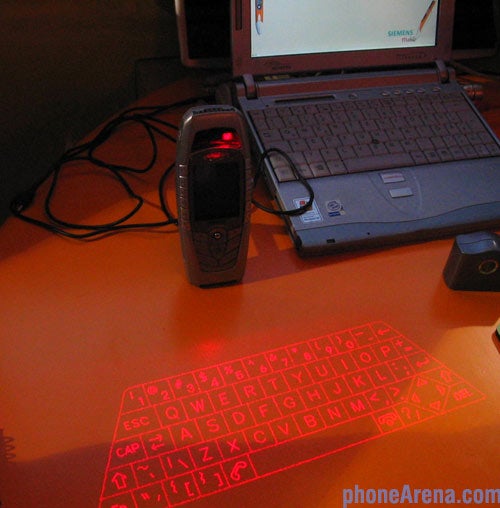
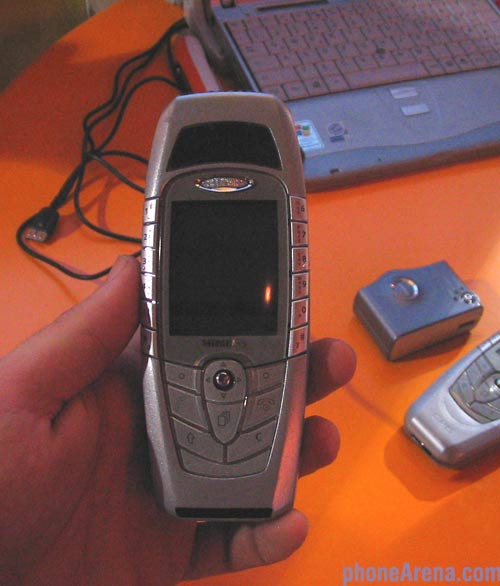
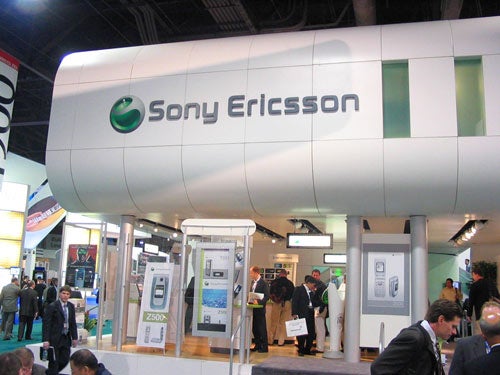
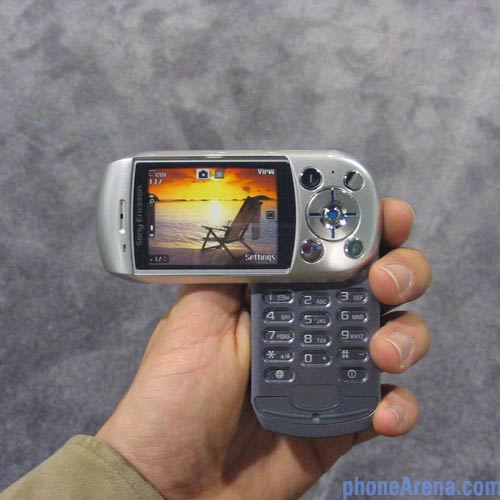
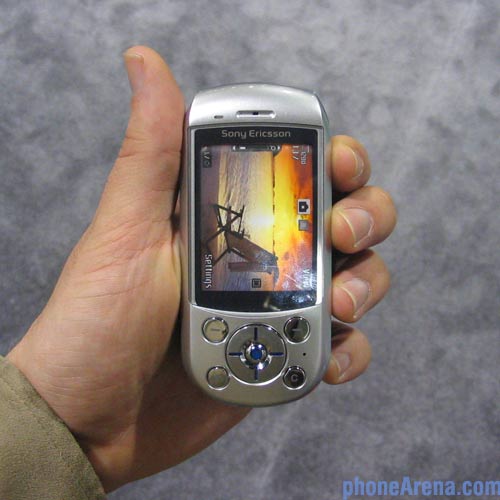
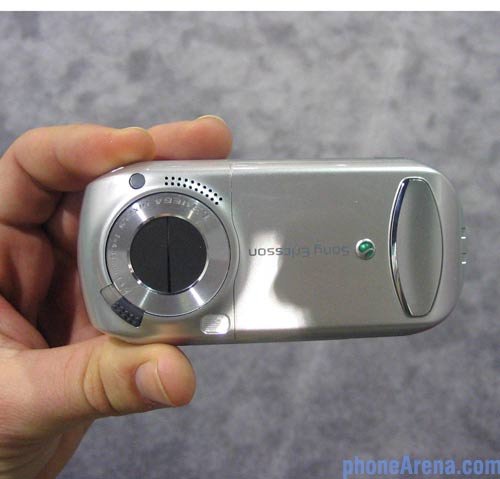
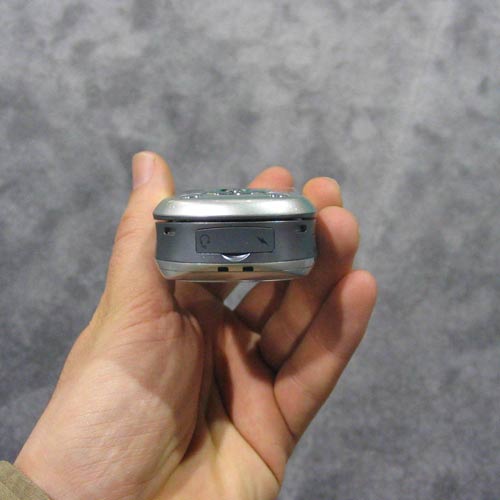
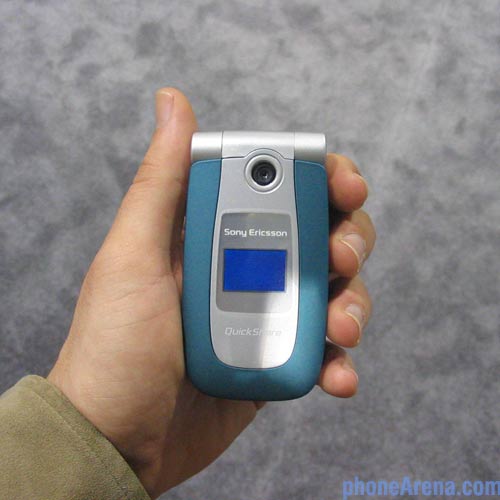
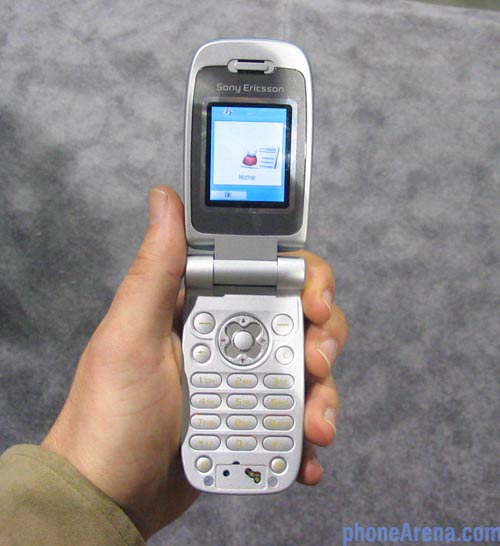
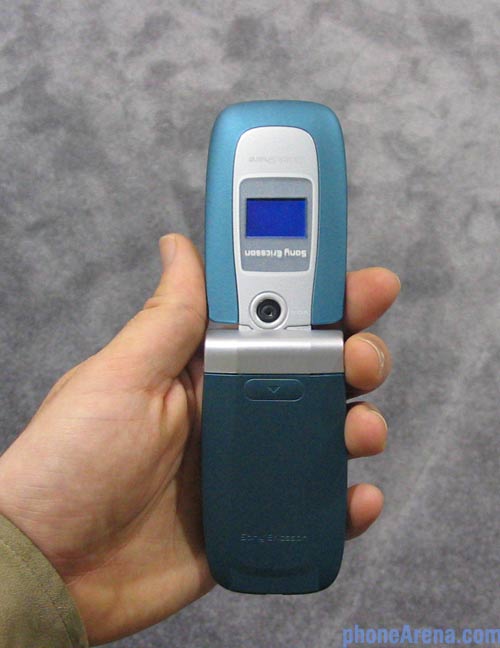

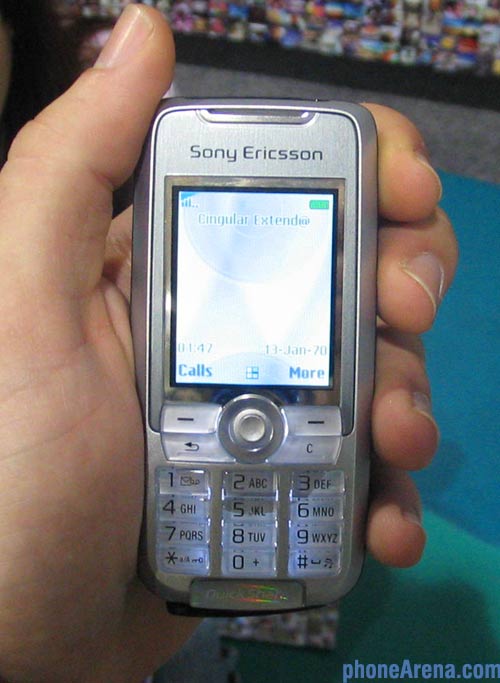
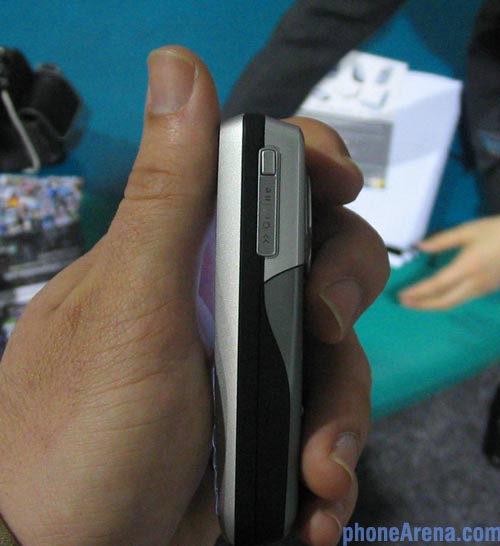
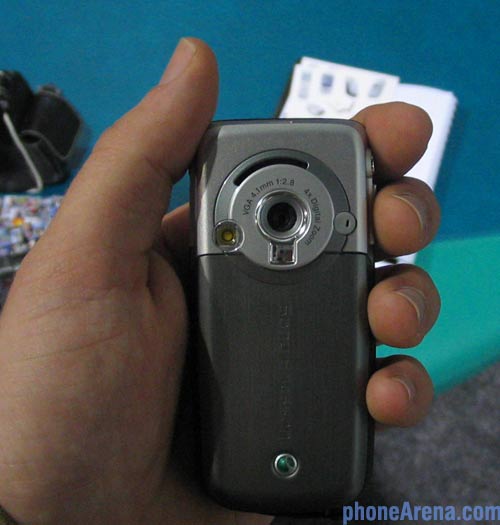
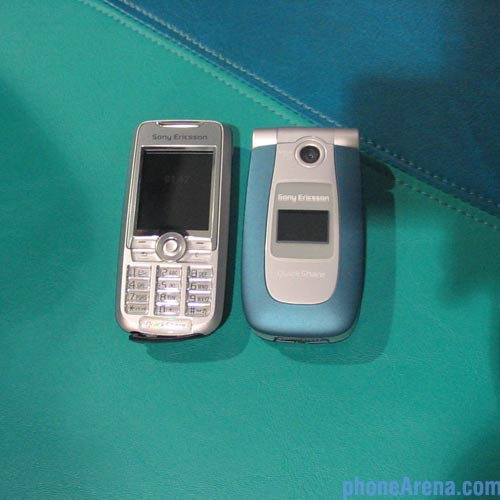
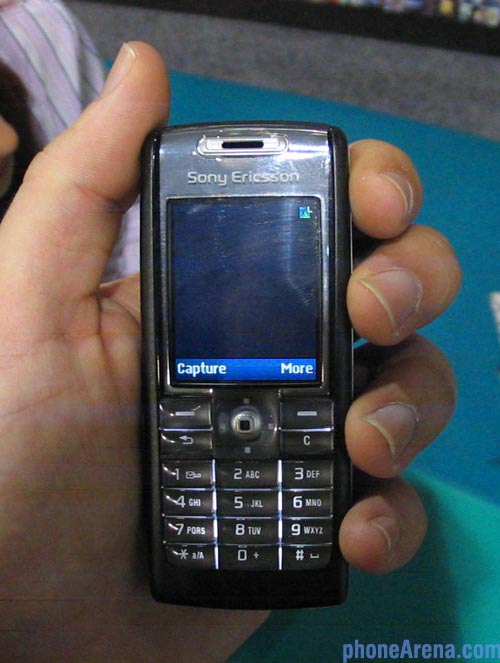
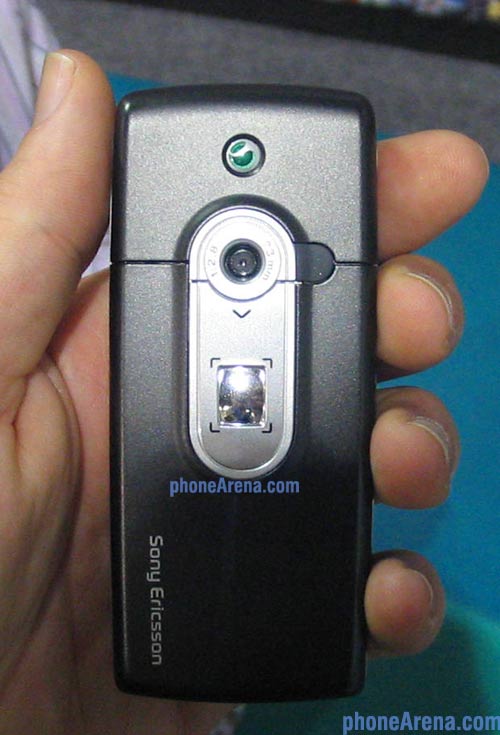
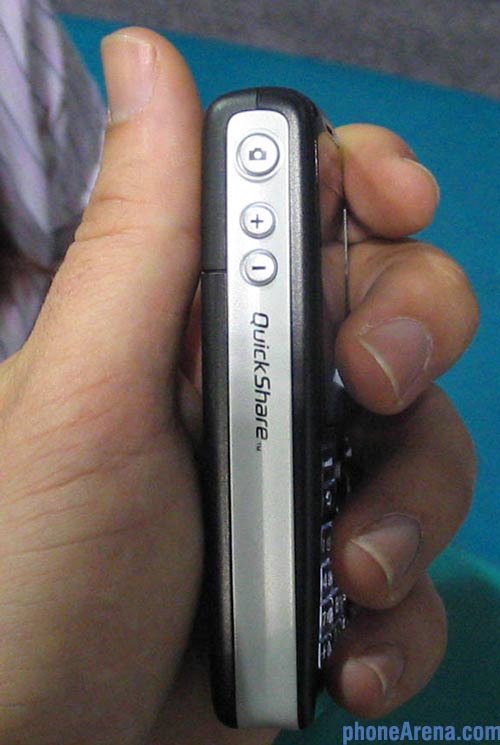
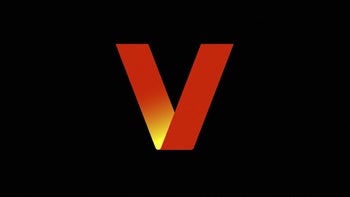


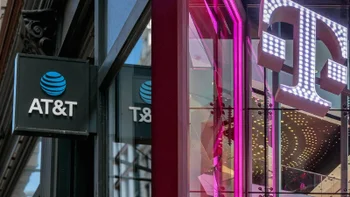
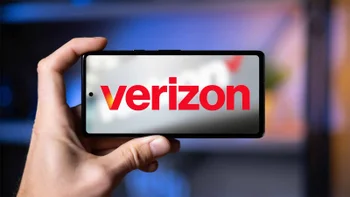

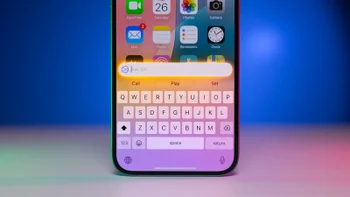
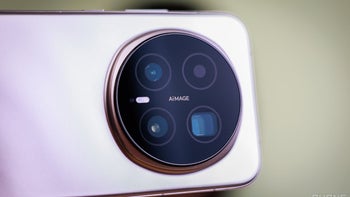
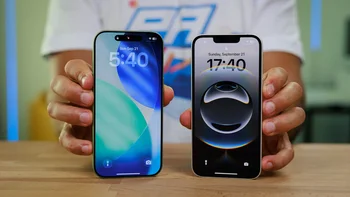
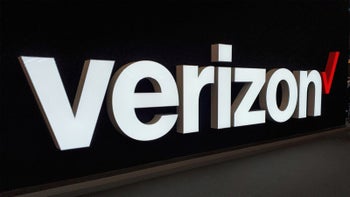
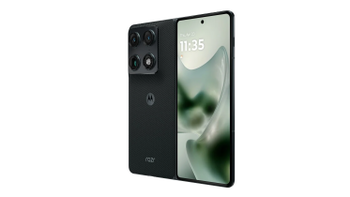
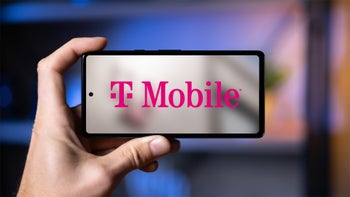
Things that are NOT allowed:
To help keep our community safe and free from spam, we apply temporary limits to newly created accounts: